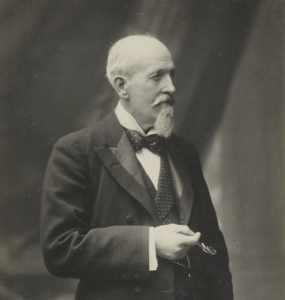In 1904, Charles Spearman tested 23 boys in a preparatory school near Oxford on a variety of achievement tests in each of: classics, French, English, mathematics, discrimination of pitch, and music. On analyzing the test results, he asked, “What pervasive cognitive faculty accounts for the fact that a student who does well on any of these tests, usually, but not always, does well on the others?” Spearman hypothesized that the cognitive abilities brought to bear in each test consisted of a general ability, common to all the tests, and a specific ability unique to that test. He called this general factor of cognitive ability the g factor. Spearman’s procedure for establishing the g factor employed a mathematical technique now known as factor analysis.

The essence of this procedure is to express several related variables in terms of a small number of relatively independent variables. In this case, Spearman was able to show that the score on each test could be computed as g plus some small constant, unique to that test. Is this g a mathematical fiction, or does it really represent a measure of a person’s general intelligence? Those who argued against the existence of g asserted that a mathematical procedure had merely endowed an artifact of mathematical manipulation with a fictitious existence, i.e. reified g. Those who argued in favor of g, explained that since all the tests were highly correlated, a student’s performance on one test could be used to predict how a student would perform on the other tests. Furthermore, the general intelligence, g or its proxy IQ, was also a good predictor of how well a student would perform on any cognitively complex task. Since a person’s score on a particular test was a weighting factor times g, plus a constant unique to that test, Spearman’s model was called the “two-factor” theory of intelligence.
